Nike has long been synonymous with innovation and athletic performance, and its iconic windbreakers have played a significant role in the evolution of sportswear fashion. A symbol of both style and functionality, Nike windbreakers have stood the test of time, gaining recognition from athletes, fashion enthusiasts, and everyday wearers alike. From their humble beginnings to their modern-day iterations, these jackets have become a staple in sportswear wardrobes around the globe. In this article, we explore the history of Nike windbreakers, examining how they have evolved into the iconic piece of outerwear we know today.
The Birth of Nike: Setting the Stage for Innovation
To understand the significance of Nike windbreakers, it’s important to first look at the history of Nike itself. Founded in 1964 as Blue Ribbon Sports by Bill Bowerman and Phil Knight, Nike originally began as a distributor for the Japanese running shoe brand Onitsuka Tiger. However, the company’s vision of blending innovation with athletic performance led to the creation of their own line of footwear, and eventually the iconic Nike Swoosh logo was born.
As Nike expanded into a global powerhouse, the company began diversifying its product offerings to meet the needs of athletes across various sports. By the 1970s and 1980s, Nike was a leader not just in running shoes but also in athletic apparel. This set the stage for the introduction of the Nike windbreaker in the late 1970s, a jacket that would quickly become a recognizable piece in both sportswear and fashion.
The Rise of the Nike Windbreaker: Functional Yet Stylish
Nike’s first foray into windbreakers came at a time when the athletic wear market was becoming increasingly competitive. The late 1970s and early 1980s saw a growing interest in activewear as more people took up fitness as part of their daily routines, and sports like running and aerobics grew in popularity. Nike recognized the need for lightweight, functional outerwear that could keep athletes warm without sacrificing mobility.
The original Nike windbreakers were designed to be wind-resistant and breathable, offering protection against the elements during outdoor workouts without the heavy bulk of traditional jackets. These early windbreakers were often crafted from nylon or polyester, materials known for their durability, water resistance, and light weight. With a sleek, minimalist design featuring the signature Nike Swoosh logo, they quickly became popular among runners, cyclists, and other athletes who needed an outer layer that could withstand the wind while not restricting movement.
During this period, windbreakers were not just functional—they were also stylish. Nike began incorporating bold colors, color-blocking patterns, and signature design elements, which led to the windbreaker becoming a must-have fashion item. The trend of sporting windbreakers not just for exercise but also for casual wear began to take off, cementing the jacket’s place in mainstream culture.
Nike Windbreakers in the 1980s and 1990s: Cultural Icon Status
By the 1980s and 1990s, Nike windbreakers had become a cultural phenomenon. As the brand expanded its influence, it aligned itself with rising fitness trends and a growing interest in streetwear culture. Windbreakers, once exclusively used for physical activity, started to appear as part of everyday outfits, embraced by people of all ages for both function and style.
During this time, Nike capitalized on the popularity of urban fashion. The windbreaker became a symbol of street style, with its athletic aesthetic and bold, colorful designs resonating with youth culture. This was also the era when Nike began to partner with major athletes and sports teams, which boosted the brand’s visibility even further. Icons like Michael Jordan and Bo Jackson sported Nike windbreakers, further linking the brand to both athleticism and high-performance sports.
Nike windbreakers during this time also underwent innovation in terms of fabric technology. New materials like GORE-TEX and ventilated mesh were introduced, making windbreakers even more lightweight, breathable, and water-resistant, all while maintaining their stylish looks. The jackets were now suited not just for exercise but for all kinds of outdoor activities, from running to hiking to casual outings.
The 2000s to Present: Modern Innovations and Continued Popularity
The 2000s and 2010s marked an exciting period of technological advancements for Nike, with windbreakers being at the forefront of this innovation. Nike began integrating more sophisticated fabric technologies, such as Dri-FIT and Nike Repel, into their windbreakers to enhance comfort and performance. These materials helped wick away sweat and improved breathability, making Nike windbreakers ideal for not only outdoor sports but also high-intensity workouts.
In terms of design, Nike windbreakers continued to evolve to meet the demands of modern wearers. The traditional color-blocking style was still present, but new designs began to emerge, such as lightweight packable windbreakers, which could be easily folded and carried in a backpack or gym bag. Nike also embraced the growing trend of sustainability, using more eco-friendly materials in their production processes.
Moreover, Nike windbreakers have found their way into fashion as part of the growing trend of athleisure—the combination of athletic wear with everyday, casual clothing. Today, Nike windbreakers are as much a fashion statement as they are a functional piece of outerwear. They can be paired with everything from gym shorts and leggings to jeans and sneakers, making them a versatile wardrobe staple for those who value both performance and style.
Why Nike Windbreakers Remain a Staple
There are several reasons why Nike windbreakers have remained a staple in sportswear fashion for decades:
- Versatility: Whether you’re running, cycling, or just hanging out with friends, a Nike windbreaker can be worn in virtually any situation. It is perfect for layering over workout gear or casual outfits.
- Style: Nike’s consistent commitment to sleek, athletic designs has made their windbreakers not just functional but also fashionable. The bold use of color and the iconic Nike Swoosh logo are instantly recognizable.
- Innovation: Nike has continually improved their windbreakers by incorporating advanced fabric technologies that enhance comfort, breathability, and performance, making them ideal for athletes and outdoor enthusiasts.
- Cultural Relevance: Over the years, Nike windbreakers have evolved to remain relevant to trends in both sports and fashion. From the 1980s to today, the windbreaker has maintained its status as a cultural icon.
Conclusion
Nike windbreakers are more than just jackets—they are a reflection of the evolution of sportswear and an emblem of style and performance. From their early days in the 1970s to their present-day status as a staple in sports and street fashion, these jackets have stood the test of time due to their unique combination of functionality, style, and innovation. Whether you’re wearing one for a run, a workout, or simply for casual day-to-day wear, Nike windbreakers continue to be a versatile, enduring piece of outerwear that will likely remain at the forefront of sportswear fashion for years to come.
-
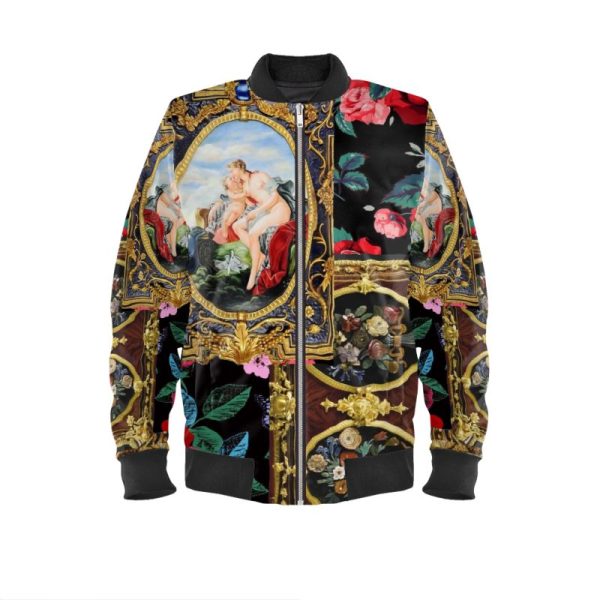 Satin Designer Bomber Jacket$448
Satin Designer Bomber Jacket$448 -
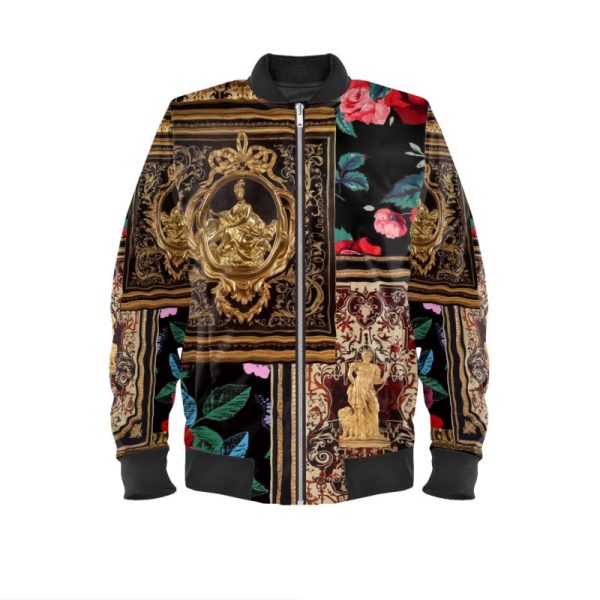 Satin Designer Bomber Jacket$448
Satin Designer Bomber Jacket$448 -
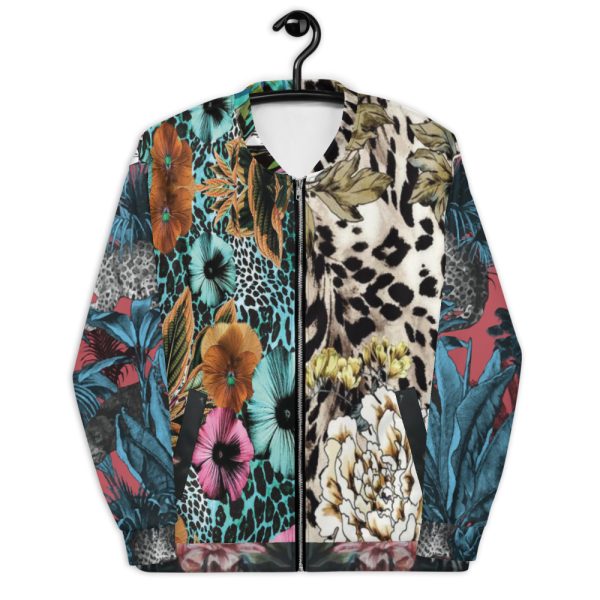 Bomber Jacket | Designer Luxury For Women & Men | Navy Blue Floral Red Turquoise$158
Bomber Jacket | Designer Luxury For Women & Men | Navy Blue Floral Red Turquoise$158 -
 Bomber Jacket | Designer Luxury For Women & Men | White Gold$158
Bomber Jacket | Designer Luxury For Women & Men | White Gold$158 -
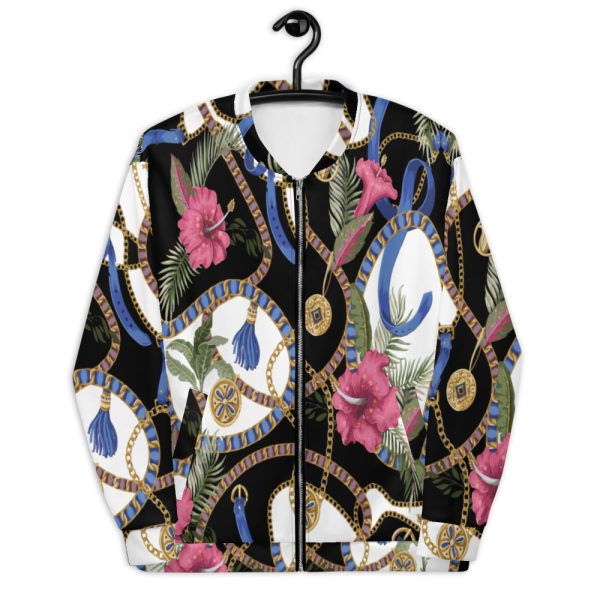 Bomber Jacket | Designer Luxury For Women & Men | Floral White Black$158
Bomber Jacket | Designer Luxury For Women & Men | Floral White Black$158 -
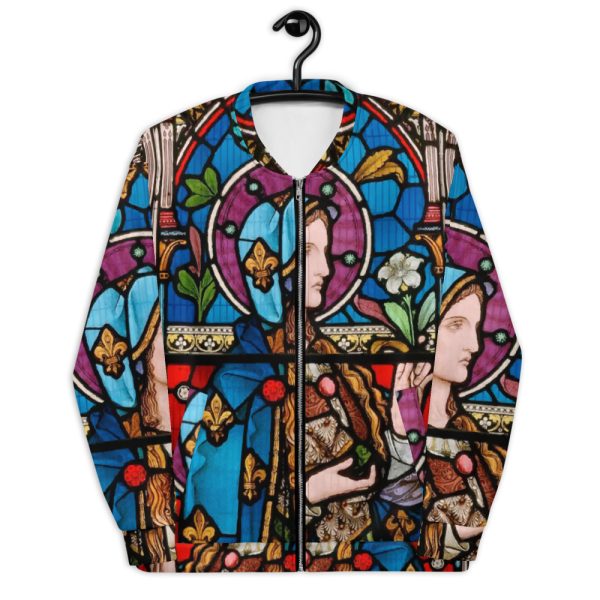 Bomber Jacket | Designer Luxury For Women & Men | Blue Purple Gold$158
Bomber Jacket | Designer Luxury For Women & Men | Blue Purple Gold$158 -
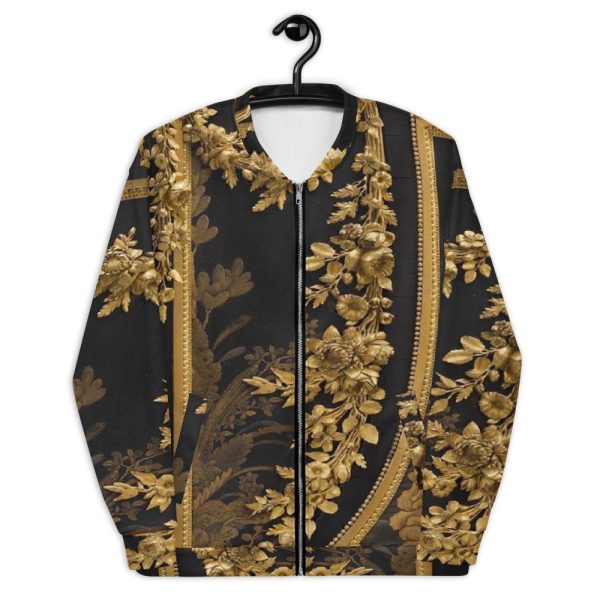 Bomber Jacket | Designer Luxury For Men & Women | Black Gold Baroque$158
Bomber Jacket | Designer Luxury For Men & Women | Black Gold Baroque$158 -
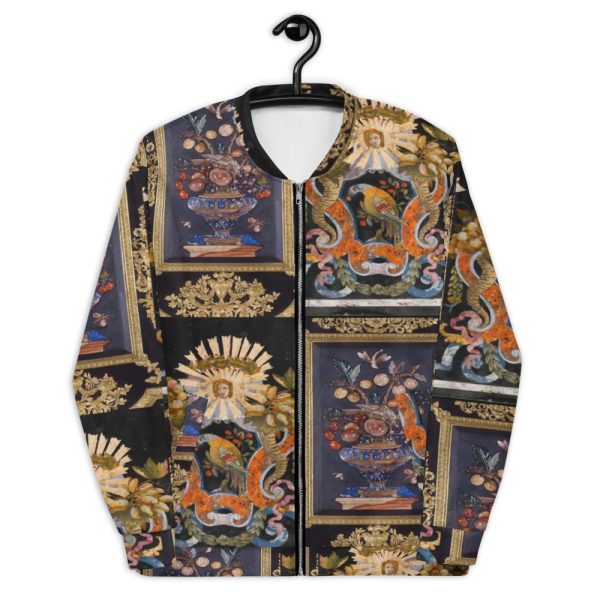 Bomber Jacket | Designer Luxury For Women & Men | Black Gold$158
Bomber Jacket | Designer Luxury For Women & Men | Black Gold$158 -
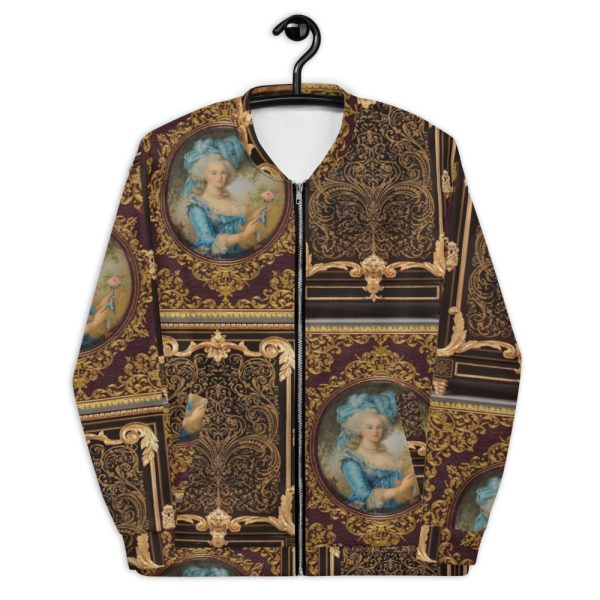 Bomber Jacket | Designer Luxury For Women & Men | Gold$158
Bomber Jacket | Designer Luxury For Women & Men | Gold$158